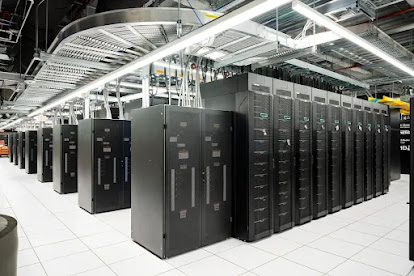The Cryptocurrency Revolution:

The Future of Digital Currency Cryptocurrency has evolved from a niche tech curiosity into a major global financial force over the past decade. Whether you’re an investor or just curious, it’s hard to ignore the massive impact of these digital currencies on the global economy. What is Cryptocurrency? Cryptocurrency is a form of digital or virtual currency that uses cryptographic methods to secure transactions. They operate on blockchain technology—a distributed ledger that records transactions across many computers. This system ensures transparency, security, and trust without needing intermediaries like banks. Bitcoin was the first and most well-known cryptocurrency, introduced in 2009 by an anonymous person or group under the pseudonym Satoshi Nakamoto. Since then, thousands of other cryptocurrencies have emerged, each with different features and purposes. How Does Cryptocurrency Work? Cryptocurrencies operate on decentralized networks using blockchain technology. A blockc...


